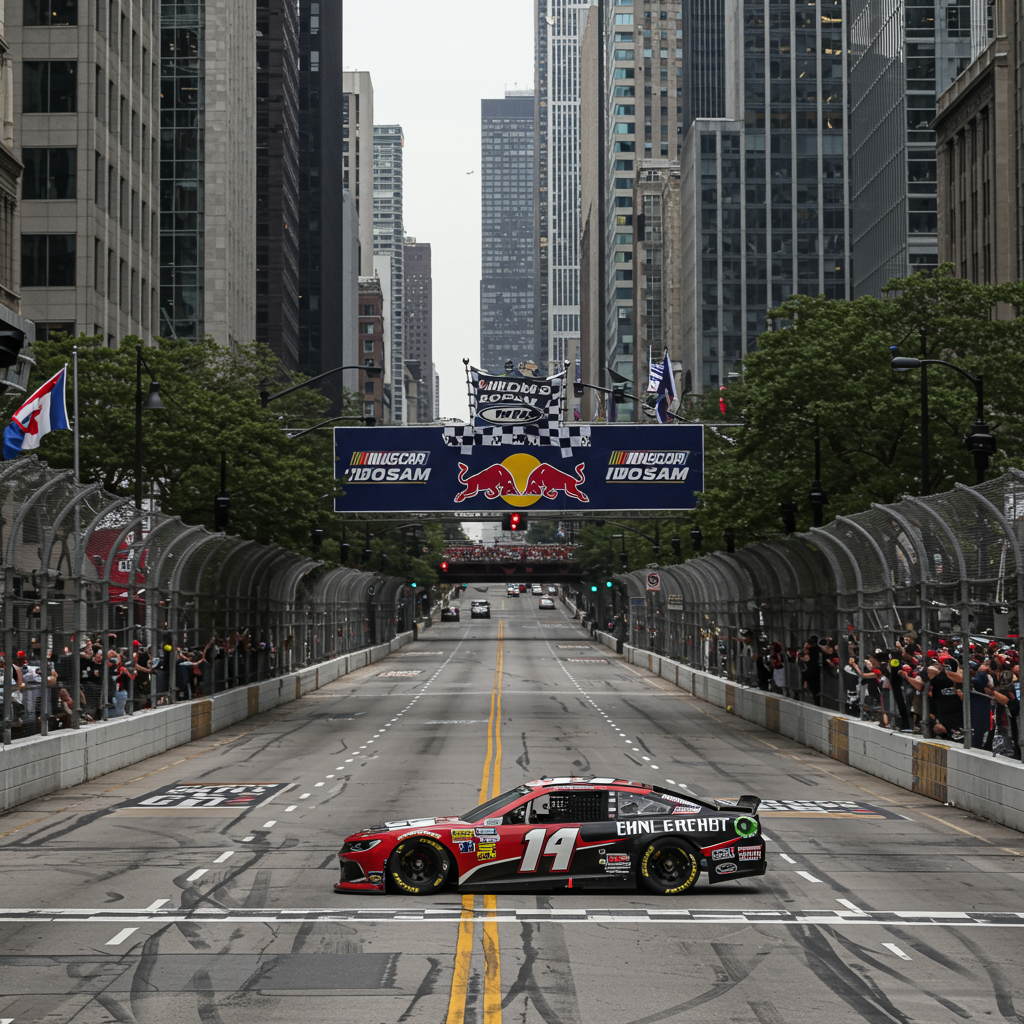Breaking news out of Portland reveals the surprising financial details behind center Deandre ayton‘s contract buyout with the Trail Blazers. According to a report by veteran NBA writer Jake Fischer, citing sources, Ayton forfeited a significant portion of his remaining salary to accelerate his path to unrestricted free agency. This move, finalized just as the 2025 NBA Free Agency period officially opened, allows Ayton to seek a new team immediately. However, it came at a substantial personal cost, shedding light on the complexities of NBA contract negotiations and team strategy.
Ayton’s Buyout Terms: A Steep Financial Cost
Deandre Ayton had one season remaining on his contract with the Portland Trail Blazers. His scheduled salary for the 2025-26 NBA season was approximately $35.5 million. The buyout agreement reached between Ayton and the team allowed him to become a free agent a year earlier than planned. Sources indicate that as part of this deal, Ayton agreed to forfeit a remarkable $10 million of that scheduled salary. This forfeiture represents a steep discount for the Trail Blazers, amounting to roughly 28% to 30% of his original 2025-26 salary.
This $10 million saving provides the Trail Blazers with immediate relief on their salary cap for the upcoming season. While buyouts generally involve a team paying a player not to play for them, securing such a considerable reduction – nearly a third of the contract value – is considered a fairly significant financial win for the franchise. It’s an unusual amount for a player to give up, highlighting Ayton’s strong desire to control his future and hit the free agency market now.
Why the Split? Conflicting Goals and Reported Tensions
Understanding the reasons behind the Deandre Ayton buyout requires looking at perspectives from both sides. For Ayton, the primary motivation was clear: early unrestricted free agency. After being traded to Portland as the centerpiece of the Damian Lillard deal, the situation reportedly didn’t evolve as he hoped. Reports suggested Ayton desired to play for a championship contender and felt the Blazers did not view him as a long-term foundational piece, especially after the team drafted young centers like Yang Hansen and Donovan Clingan in recent drafts, signaling a different direction for the frontcourt. Entering the free agent market now allows him to choose his next destination.
From the Portland Trail Blazers’ standpoint, the decision, while characterized as making the “best of a bad situation,” was influenced by reported challenges. Sources cited in other reports indicated Ayton had become a “headache” for the organization, accumulating multiple fines for tardiness and exhibiting a questionable attitude. Ending the relationship via buyout allows the Blazers to move forward without the reported off-court issues. It also clears potential playing time and development opportunities for their younger, drafted centers, aligning better with the team’s apparent rebuilding timeline.
Navigating the Financial Aftermath: The Remaining $25.5 Million
Even with the $10 million forfeiture, the Portland Trail Blazers still owe Deandre Ayton the remaining portion of his 2025-26 salary, totaling $25.5 million. How the Blazers handle this remaining financial obligation is the next crucial decision facing the front office. There are two primary options available under NBA salary cap rules.
The first option is to absorb the full $25.5 million into their salary cap for the 2025-26 season. This means they would take the entire cap hit in the upcoming year. The advantage of this approach is that once the 2025-26 season concludes, the financial obligation and cap charge are completely off their books, providing full cap flexibility in future seasons. The disadvantage is the large immediate cap hit, which could limit their spending or roster construction options this summer, especially considering the team is likely operating near the hard cap after acquiring Jrue Holiday earlier.
The Stretch Provision: Spreading the Cap Hit
The second option is to utilize the stretch provision. For a contract with one year remaining, the stretch provision allows the team to spread the remaining salary obligation over a period equal to twice the remaining years plus one. In Ayton’s case, with one year left, the $25.5 million could be stretched over three seasons. This means instead of a $25.5 million cap hit in 2025-26, the Blazers would incur a cap hit of approximately $8.5 million per season for the next three years (2025-26, 2026-27, and 2027-28).
Utilizing the stretch provision provides significantly more salary cap flexibility in the immediate 2025-26 season. This could be crucial for the Blazers if they plan to make significant moves using exceptions like the Mid-Level Exception (MLE) this summer, helping them stay below the hard cap or first luxury tax apron. The trade-off, however, is that it ties up cap space in the following two seasons (2026-27 and 2027-28) with dead money for a player who is no longer on the team. This could potentially hinder their ability to make moves or re-sign players in those future years when they might hope to be more competitive.
Analysis suggests the Blazers should only use the stretch provision if the added cap space in 2025-26 is necessary to execute specific, impactful roster-building plans this summer. Otherwise, absorbing the full hit next season might be the more prudent long-term approach to preserve future cap flexibility. The decision also has implications for the team’s potential sale, as stretching the contract impacts future ownership groups.
Ayton’s Path to Free Agency and Potential Landing Spots
Following the buyout agreement, Deandre Ayton must clear waivers to officially become an unrestricted free agent. This process was expected to be finalized shortly after the report on Wednesday. Once he clears waivers, he will be eligible to sign with any NBA team immediately. A standard condition of a buyout is that the player is ineligible to re-sign with the team that bought him out, meaning Ayton cannot return to the Portland Trail Blazers.
Ayton’s availability adds an intriguing element to the opening days of NBA Free Agency 2025. Teams with available cap space or exceptions could pursue the former No. 1 overall pick. While details are sparse, early rumors have surfaced linking Ayton to potential contenders. One report from the broader free agency tracker mentioned the Los Angeles Lakers as possibly having interest in the Bahamian center. His early entry into the market gives him a head start on finding his next opportunity, albeit at a substantial financial sacrifice for the upcoming season.
The Buyout in Context: Blazers’ Roster and Strategy
The Deandre Ayton buyout isn’t an isolated event for the Portland Trail Blazers. It follows other significant roster moves this month, including the trade of Anfernee Simons for Jrue Holiday (which impacted their hard cap situation) and declining an offer for Jabari Walker. The buyout solidifies the team’s shift towards a younger core and away from players acquired through previous iterations of the roster.
Paying to move on from a player acquired as the main piece in the Damian Lillard trade is undoubtedly a setback for GM Joe Cronin. It indicates that other teams were not willing to offer assets sufficient for a trade, forcing the team into a less desirable outcome. While buyouts happen, repeatedly needing to pay players to leave or trading players for significantly diminished value could signal a concerning pattern for the franchise’s asset management. However, gaining even limited salary cap flexibility and clearing potential locker room distractions could be seen as a necessary evil to fully commit to the current rebuilding path centered around youth. The full impact of this buyout will ultimately depend on the decisions the Blazers make with the resulting cap space and how Ayton fares with his next team.
Frequently Asked Questions
What were the specific financial terms of Deandre Ayton’s buyout with the Blazers?
Deandre Ayton agreed to forfeit $10 million of his scheduled $35.5 million salary for the 2025-26 NBA season as part of the buyout agreement with the Portland Trail Blazers. This represents a discount of roughly 28% to 30%. The Blazers still owe Ayton the remaining $25.5 million from his contract.
How does Deandre Ayton become an unrestricted free agent after the buyout?
After finalizing the buyout agreement, Deandre Ayton must successfully clear waivers. This is a standard process where other NBA teams have 48 hours to claim the player by absorbing the full remaining contract amount (though this is rare for high salaries). If Ayton clears waivers, as expected, he becomes an unrestricted free agent, free to sign with any NBA team except the Portland Trail Blazers, who bought him out.
What are the potential salary cap options for the Blazers regarding the remaining money owed to Ayton?
The Portland Trail Blazers owe Deandre Ayton $25.5 million from his original contract. They have two main options for managing this amount against their salary cap: they can absorb the full $25.5 million cap hit in the upcoming 2025-26 season, or they can use the stretch provision to spread the $25.5 million cap hit over three seasons (approximately $8.5 million per season). The choice impacts their immediate and future cap flexibility.
—


